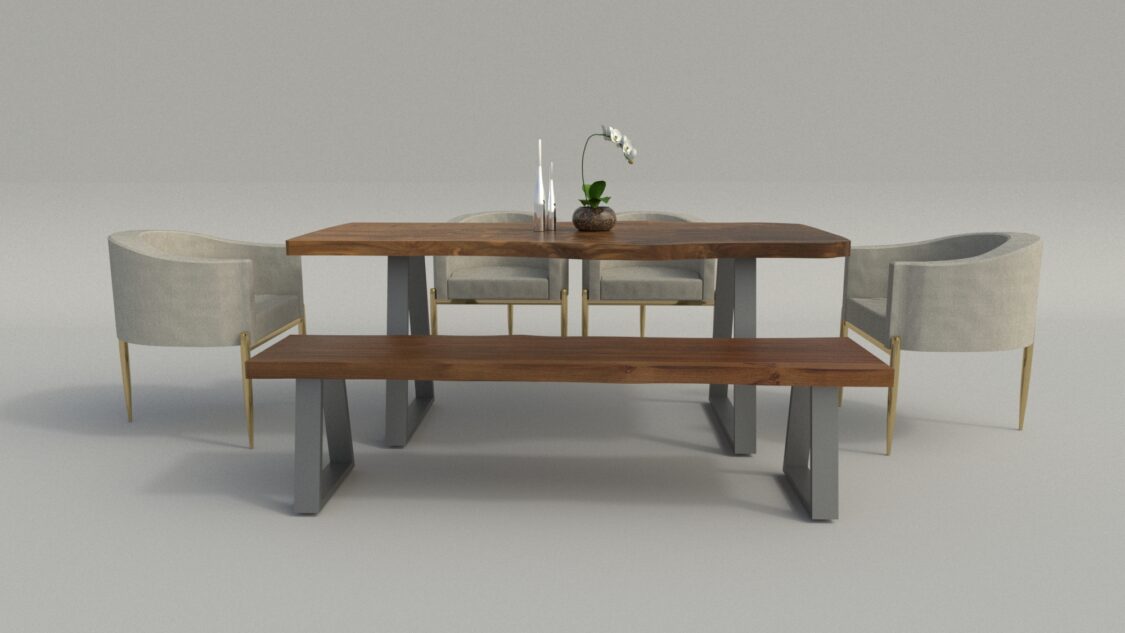Article written by Marcus Monroe.
The holiday season brings joy, celebration, and often a flurry of activity in our homes. It’s also a time when the natural stone features in our homes, like marble countertops, floors, and decorations, can be especially vulnerable to damage. From the bustling preparation of festive meals to the constant foot traffic of guests, these beautiful yet delicate surfaces require extra care. I spoke with experts at Marble Systems, a renowned natural stone provider located in Fairfax, Virginia, to gather essential tips for protecting and maintaining natural stone during the holiday season.
Understanding Your Stone
The first step in caring for natural stone is understanding its nature. Each type of stone has its unique characteristics, says a Marble Systems specialist. For instance, marble is more prone to etching and staining compared to granite. Knowing your stone’s properties helps tailor the care it needs.
Regular Cleaning: The Key to Preservation
Regular cleaning is crucial, but it’s more about how you clean than how often. Experts at Marble Systems emphasize using a pH-neutral cleaner specifically designed for natural stone. Avoid acidic or abrasive cleaners, as these can damage the stone’s surface. For daily spills, a soft cloth or sponge with warm water is often sufficient.
Sealing: A Shield Against Stains
Sealing is another critical aspect of natural stone care. A good quality sealant can provide a protective layer, making the stone more resistant to spills and stains – a common occurrence during holiday festivities. Check with your installer about the recommended frequency for resealing. It typically ranges from once a year to once every few years, depending on the stone type and usage.
Preventing Etches and Scratches
During the holidays, your stone surfaces might be exposed to acidic substances like wine, citrus juices, and vinegar, which can cause etching. Marble Systems advises using coasters under all glasses and bottles and placemats or trivets under dishes and cookware. Even a small measure like this can prevent unsightly marks on your precious stone surfaces.
Dealing with Spills Immediately
Accidents happen, especially during busy holiday gatherings. The key is to address spills as soon as they occur. Blot—don’t wipe—spills to prevent them from spreading or seeping deeper into the stone. For oil-based stains, Marble Systems recommends a poultice, a paste-like cleaning agent that can draw out the stain.
Professional Help for Stubborn Stains
For stubborn stains or if you’re unsure about the right approach, seeking professional help is advisable. Marble Systems in Fairfax, Virginia, not only provides natural stone products but also offers expert advice for stone care and maintenance. Their team can assist with proper deep cleaning, repair, or resealing, thus ensuring your stone stays in pristine condition.
Decorating Wisely
Decorating your home for the holidays is exciting, but caution is necessary when it comes to natural stone. Avoid adhesive tapes or anything that might leave a residue or scratch the surface. Also, be mindful of holiday plants like poinsettias, which can leave stains or water rings.
Managing Foot Traffic
Holidays mean more foot traffic, which can bring more dirt and grit that can scratch stone floors. Placing doormats at entrances and encouraging guests to remove their shoes can significantly reduce the risk of scratches.
Climate Control
Natural stone can be sensitive to temperature and humidity changes. Marble Systems suggests maintaining a consistent indoor environment to prevent any potential damage due to these fluctuations.
After the Holidays: A Thorough Inspection
Once the festivities are over, it’s a good idea to do a thorough inspection of your stone surfaces. Look for any signs of damage or wear and address them promptly. Regular inspection ensures that minor issues don’t turn into significant problems.
Final Thoughts
Caring for natural stone requires a bit of effort, especially during the busy holiday season. However, with the right practices and support from experts like those at Marble Systems in Fairfax, Virginia, your stone surfaces can continue to add beauty and elegance to your home for many holidays to come.






